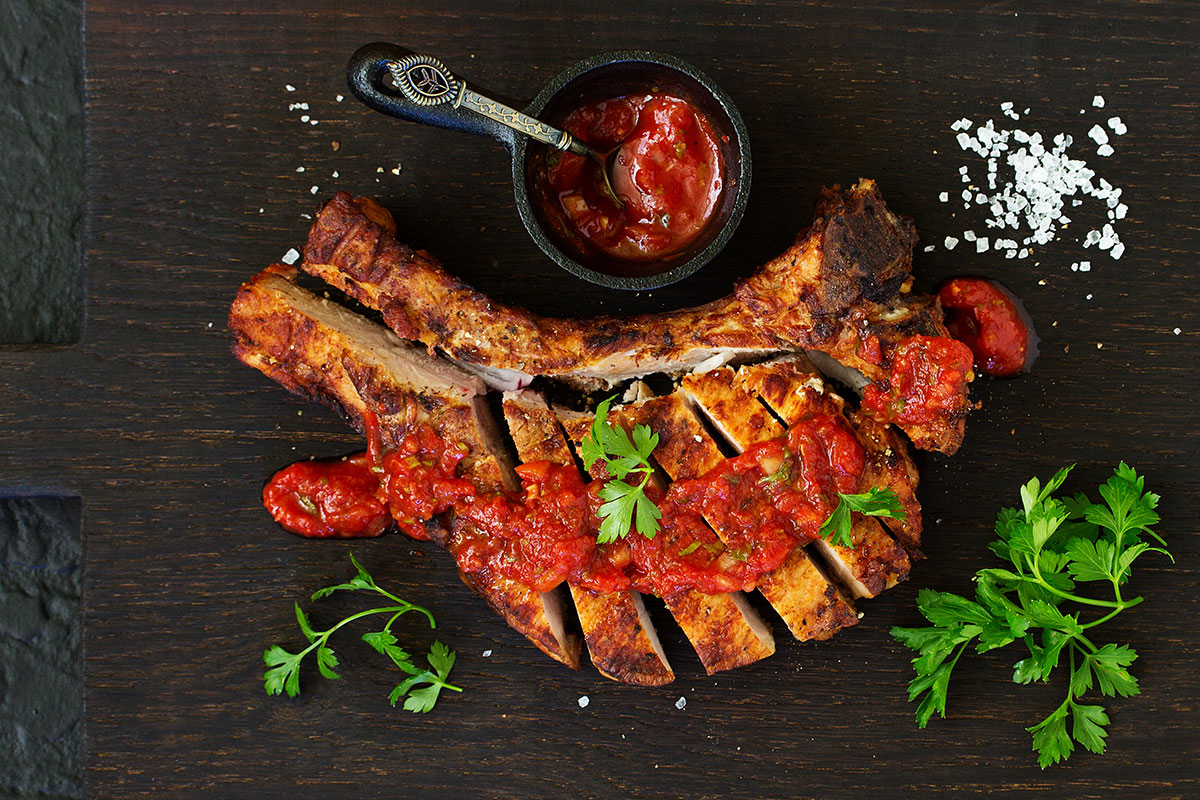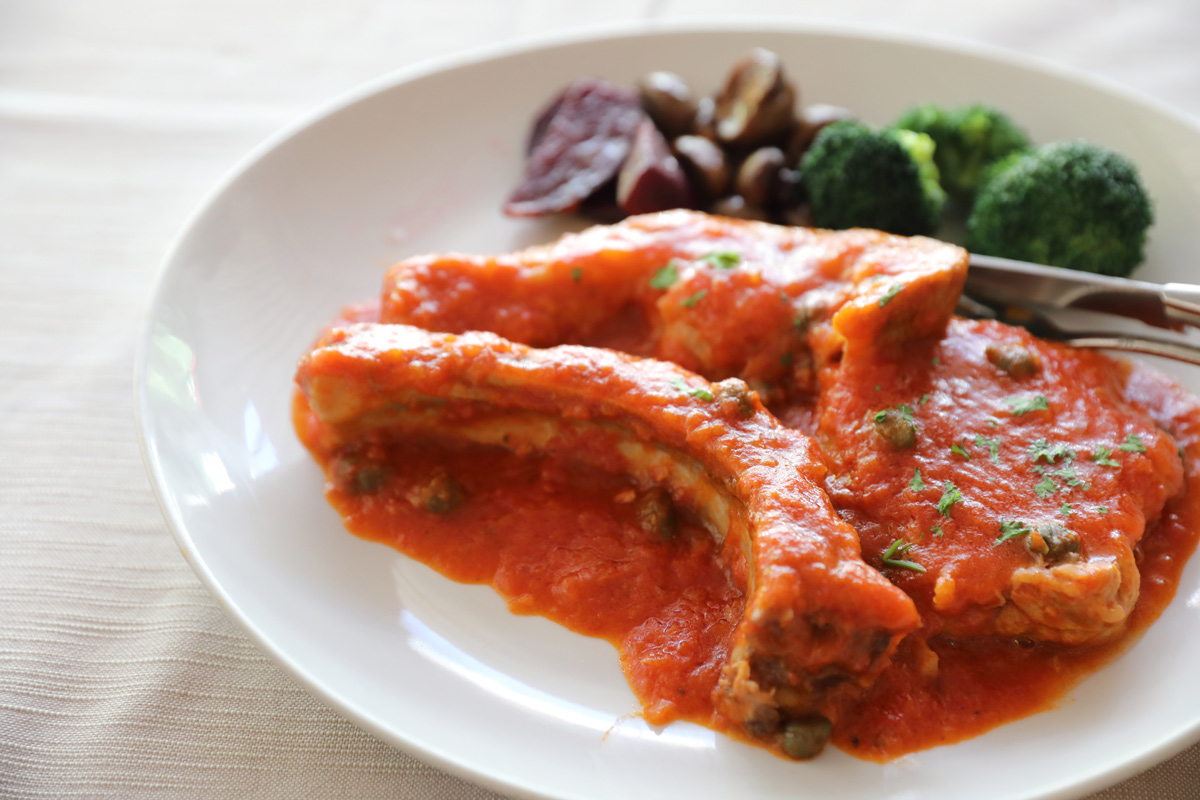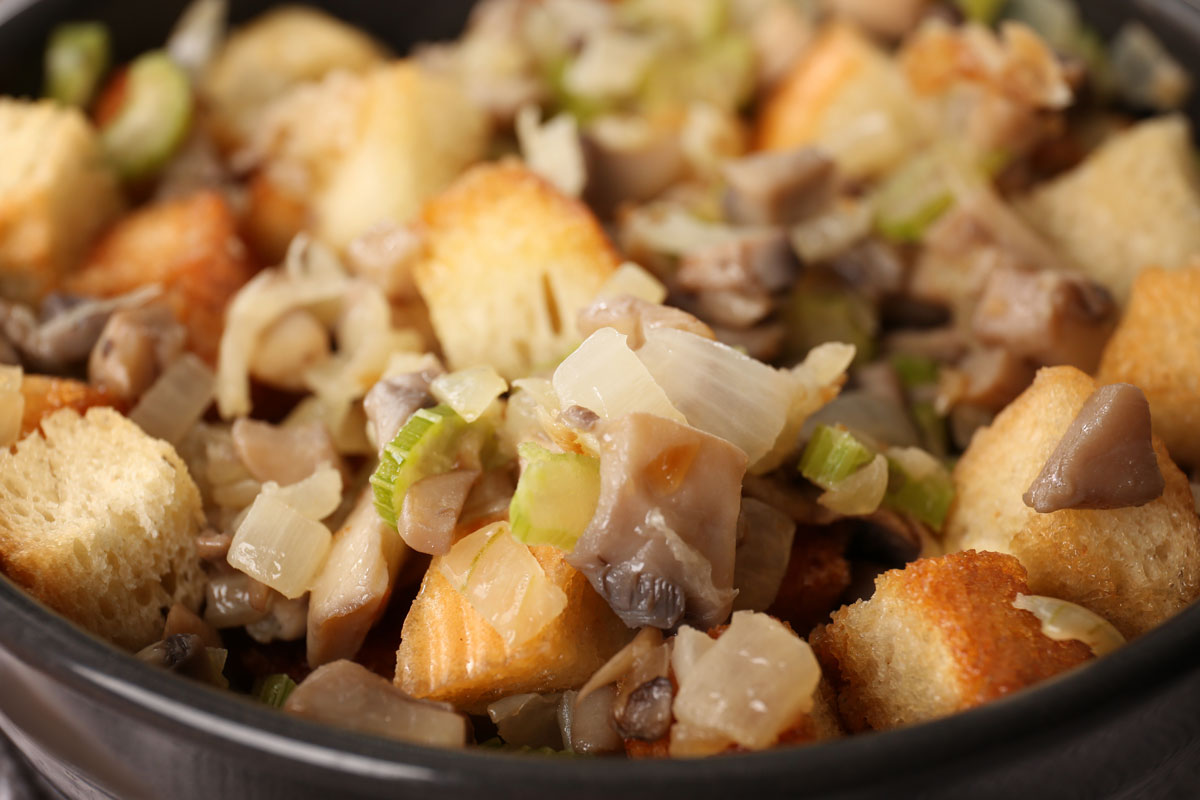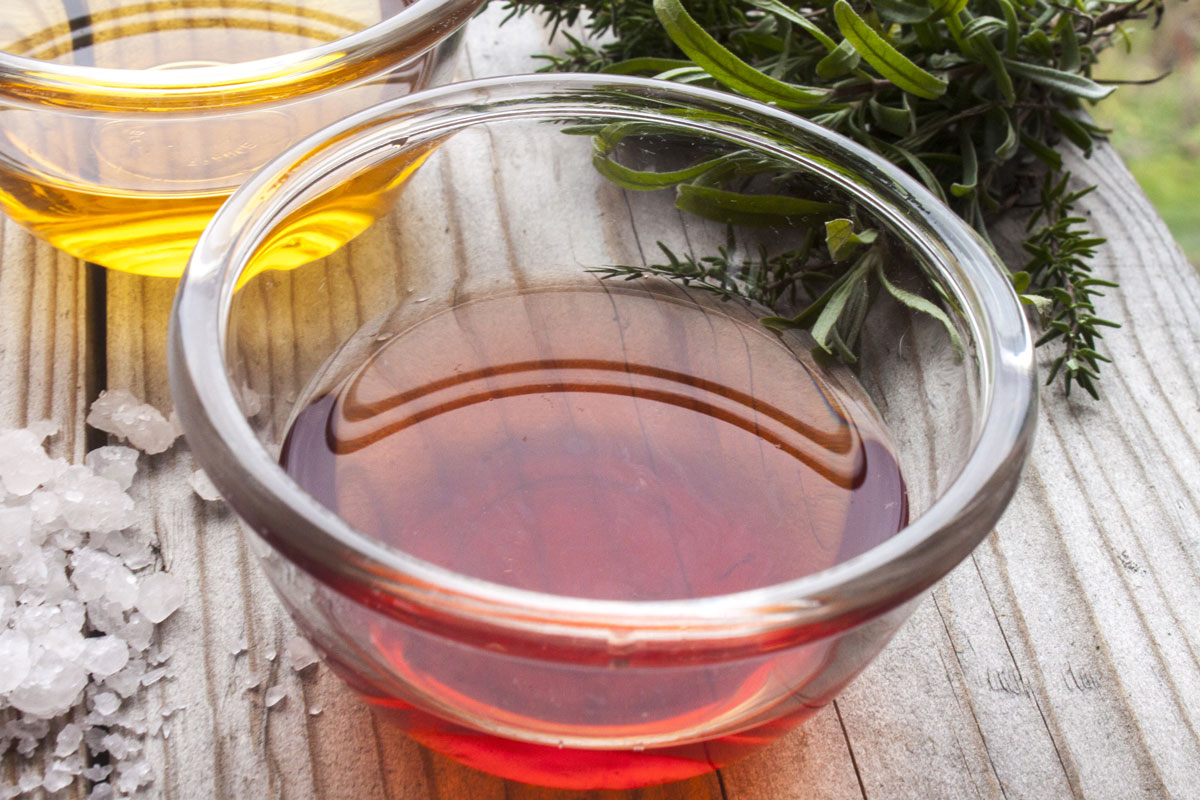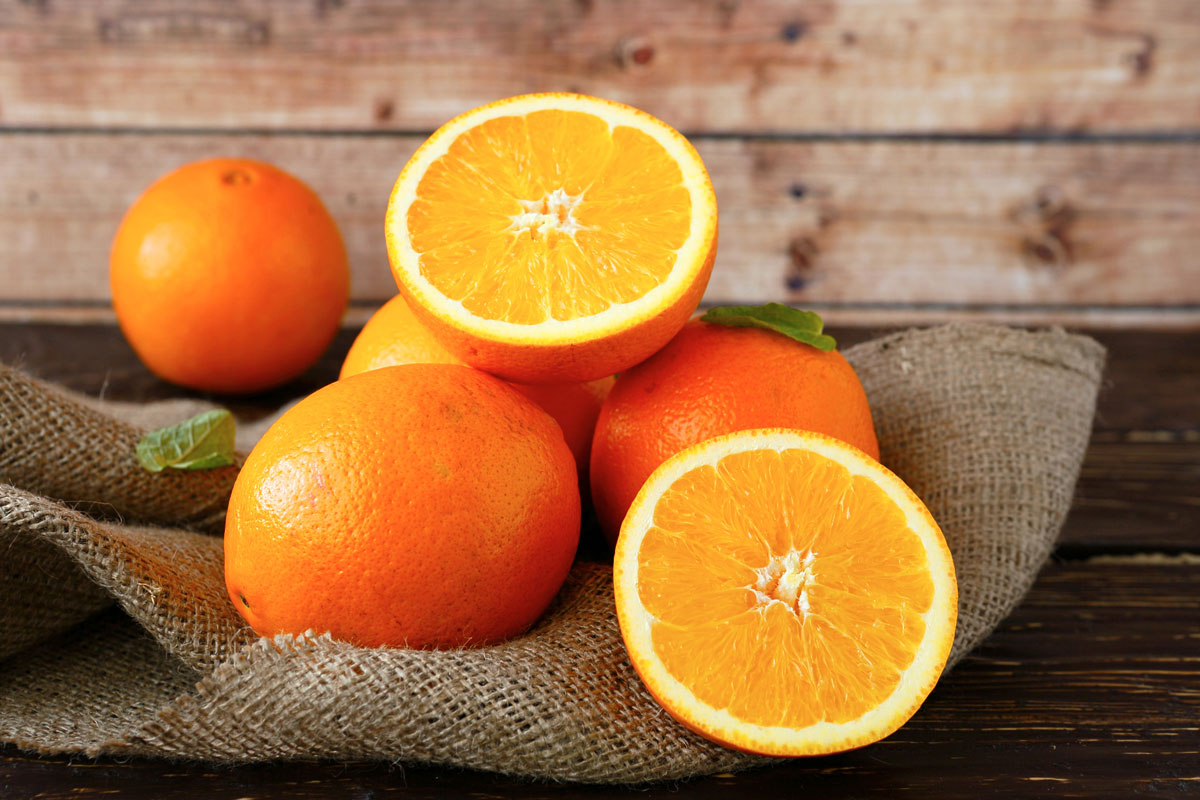Olive Oil and Scrambled Eggs with Peppers and Feta Recipe, The Benefits of Olive Oil for Beauty and The Anti-Aging Benefits of Olive Oil
Olive oil has a rich history not only as a delicious food but also as an anti-aging, health and beauty booster, dating back thousands of years. Scientific research is just beginning to unravel exactly how its nutrients work to keep the cells in your body young—younger than your chronological age. Here’s what we know so far. Plus: my favorite breakfast to power up your day.
The Benefits of Olive Oil for Beauty
The Research: International Journal of Molecular Sciences: “Anti-Inflammatory and Skin Barrier Repair Effects of Topical Application of Some Plant Oils.”
Molecules: “Natural Ingredients Common in the Trás-os-Montes Region (Portugal) for Use in the Cosmetic Industry: A Review about Chemical Composition and Antigenotoxic Properties.”
A recent article in Town & Country magazine highlighted how celebrities from Sophia Loren to Jennifer Lopez have tapped into olive oil as their go-to beauty enhancer. J.Lo has even created an olive oil-based skin care line. A report published in the journal Molecules on the healing power of certain plant oils offers a technical explanation of why olive oil works well in beauty formulas and why it may enhance your skin: “…olive oil provides a safe and stable emulsion delivery system. The antioxidant activity of olives makes them a candidate for moderating the effects of the aging process on the skin by limiting biochemical consequences of oxidation.” Simple translation: It seems to help guard against the ravages of the environment.
Another report, this one in the International Journal of Molecular Sciences, offers more detail on olive oil’s wealth of nutrients: “More than 200 different chemical compounds have been detected in olive oil, including sterols, carotenoids, triterpenic alcohols, and phenolic compounds. Hydrophilic phenols are the most abundant antioxidants of olive oil. The phenolic contents have antioxidant properties higher than those of vitamin E. In fact, these phenolic compounds and their antioxidant activity exhibit anti-inflammatory properties when olive oil is included in regular diet. Unsurprisingly, olive oil has been used as a skin product and hair cosmetic for a long time in several cultures.”
Lab studies have found that olive oil has wound-healing properties, possibly because it helps ease inflammation and may stimulate skin reconstruction. But it’s important to say that, when it comes to the benefits of applying it to your skin, much fewer studies have been done compared to how it helps when part of our diet.
The Anti-Aging Benefits of Olive Oil
The Research: Nutrients: “Dietary Polyphenol Intake Is Associated with Biological Aging, a Novel Predictor of Cardiovascular Disease: Cross-Sectional Findings from the Moli-Sani Study.”
Advances in Nutrition: “Plant-Rich Dietary Patterns, Plant Foods and Nutrients, and Telomere Length.”
Nutrients: “Virgin Olive Oil and Health: Summary of the III International Conference on Virgin Olive Oil and Health Consensus Report, JAEN (Spain) 2018.”
How olive oil might promote youthful skin isn’t as clear as how it promotes a youthful body. I’m fascinated by the science of biological aging vs. chronological aging, the idea that your diet and lifestyle can keep your body younger than your birthday would suggest. According to the first of two Nutrients studies that I’m sharing, that benefit of olive oil stems from its polyphenols, and the most effective way to get them is by following the Mediterranean diet. As the researchers wrote, “A Mediterranean diet is traditionally rich in foods that are major sources of polyphenols, naturally occurring bioactive compounds that are the most abundant antioxidants in the diet. Prior work showed that a healthy diet, such as a Mediterranean diet, is associated with decelerated biological aging. Our group recently reported evidence that subjects with high adherence to Mediterranean diet are on average almost 1 year biologically younger than their chronological age, as compared to those with low adherence.”
They explained that “decelerated,” or slowed, biological aging is a “novel predictor of cardiovascular disease risk, possibly through mechanisms that go beyond their antioxidant activity. In addition to being powerful antioxidants, polyphenols also possess anti-inflammatory properties, and their role in the prevention and treatment of various diseases linked to oxidative stress or inflammation, such as cardiovascular disease, has been extensively reported. Also, polyphenol-rich diets are favorably associated with bone mineral density; in particular, high consumption of extra-virgin olive oil, a major source of polyphenols, leads to lower risk of osteoporosis-related fractures.”
How can polyphenols account for so many of the benefits of olive oil? According to research published in Advances in Nutrition, it could be their protective effect on telomeres. Those are the DNA sequences at the ends of our chromosomes—think of them as protective caps. “Telomere length is considered to be a biomarker of aging; shorter telomeres are associated with a decreased life expectancy and increased rates of developing age-related chronic diseases,” the authors wrote. “Telomere length decreases with age and varies considerably among individuals. Moreover, telomere attrition is accelerated by oxidative stress and inflammation. Studies suggest that telomere attrition is modifiable, as substantial variability exists in the rate of telomere shortening that is independent of chronological age…variability may be partially explained by lifestyle practices, including dietary patterns.”
Many foods of the Mediterranean diet have polyphenols and other healthful plant compounds, and this variety also makes it a delicious way of eating. Yet extra virgin olive oil is a real standout. When several experts convened in Jaen, Spain, in May 2018 to discuss the research on the benefits of olive oil and its components, they came to this fascinating conclusion, published in another report in Nutrients: “The preeminent features of the Mediterranean diet have been agreed upon and…the use of olive oil as the nearly exclusive dietary fat is what mostly characterizes the Mediterranean area. Plenty of epidemiological studies have correlated that the consumption of olive oil was associated with better overall health. Indeed, extra virgin olive oil contains (poly)phenolic compounds that are being actively investigated for their purported biological and pharma-nutritional properties…substantial evidence is accruing to support the widespread opinion that extra virgin olive oil should, indeed, be the fat of choice when it comes to human health and sustainable agronomy.” That’s the science of soil management and crop production, meaning choosing olive oil is good for the planet, too.
Olive Oil and Scrambled Eggs with Peppers and Feta
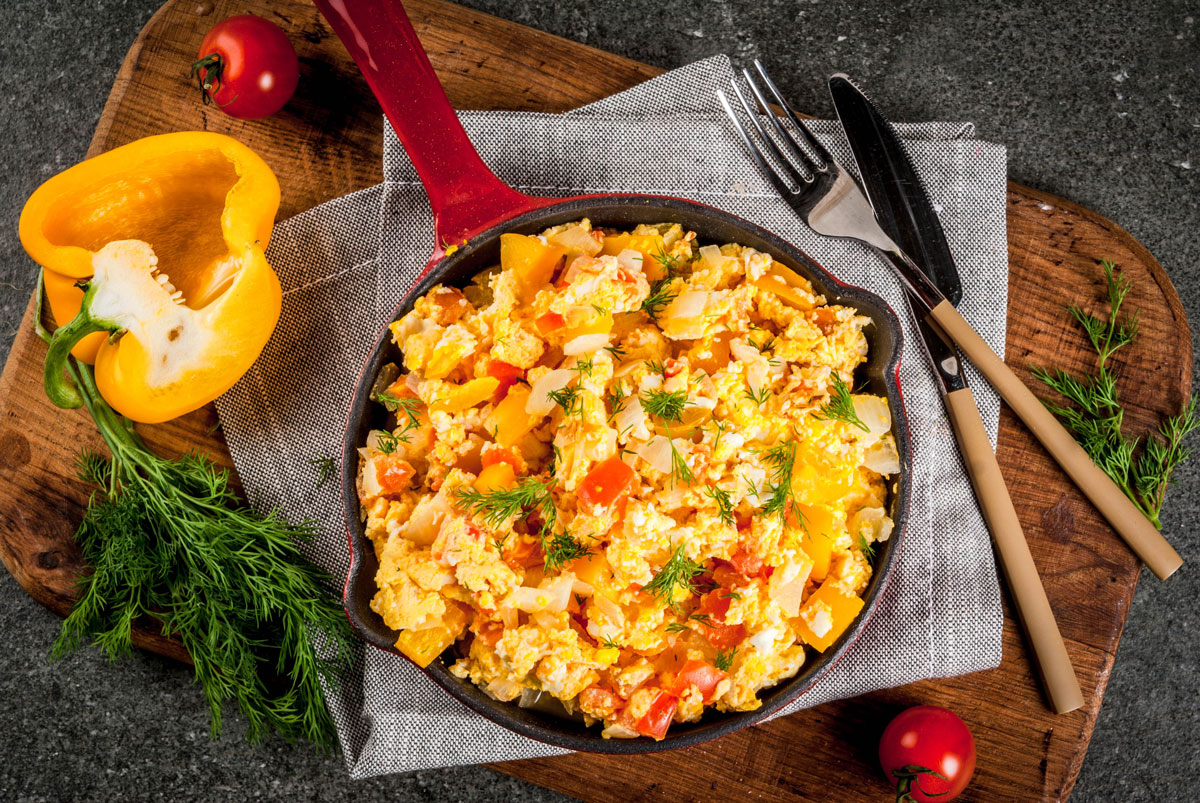 Olive Oil Scrambled Eggs with Peppers and Feta
Olive Oil Scrambled Eggs with Peppers and FetaMy wife, Meghan, and I love to make breakfast when we’re not traveling on behalf of the Fresh-Pressed Olive Oil Club. Eggs scrambled with peppers is one of our favorite meals, and we’ll have it for brunch or even supper if the day has gotten away from us. Peppers and feta are delicious additions—experiment with various cheeses and veggies to make this dish your own.
Ingredients
- 2 tablespoons extra virgin olive oil, plus more for drizzling
- 1/2 red bell pepper, stemmed, seeded, and diced
- 1/2 green bell pepper (or hot pepper if you’re adventurous), stemmed, seeded, and diced
- 4 large eggs, beaten
- Coarse kosher or sea salt
- 2 ounces crumbled feta cheese
- Freshly ground black pepper, for serving
Directions
Step 1
Heat a nonstick skillet over medium heat and add 2 tablespoons of olive oil. Add the peppers to the pan and sauté until tender, 4 to 5 minutes. Reduce the heat to medium-low.
Step 2
Add a pinch of salt to the eggs, then pour into the skillet. Use a rubber spatula to move the eggs around, cooking them slowly until curds form. (Do not let the eggs brown.) Transfer the eggs to two plates. Top with the feta and drizzle with additional olive oil.
Yields 2 servings.

